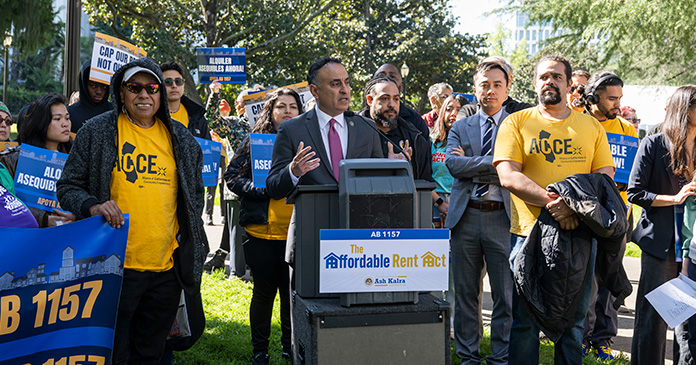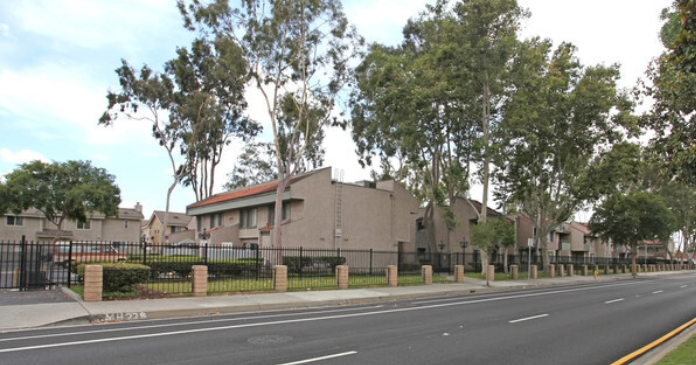
Dwight Johnston, chief economist for the California Credit Union League, made the following comments on next week’s Federal Reserve announcement of short-term monetary policy decisions (interest rates) through its Federal Open Market Committee (FOMC) meetings on March 20th and 21st:
- “It would be a shock if the Federal Reserve does not raise short-term interest rates. If the Fed acts as expected and continues tightening monetary policy, there should be no reaction in the financial markets. Board Chairman Jerome Powell will also host his first press conference and—based on what he’s already said before Congress—he should confirm that the Fed plans at least two more hikes later this year, although he won’t commit to an exact pace. It’s always likely conditions can change, but Powell will probably confirm the Fed will stay on course until something causes a correction in policy.”
- “What could cause the Fed to slow its course of tightening? The biggest risk would be an escalation in foreign trade actions by the United States and retaliation by global partners. This would threaten the economy, which is expected to perform well this year driven by congressional tax reform. But on the flipside, we could get more than three interest-rate increases this year if we see a surge in inflation. The current year-over-year growth in core Consumer Price Index (CPI) is 1.8 percent, but that could rise. The Fed would tolerate 2.5 percent CPI growth without ramping up tightening, but an approach toward 3 percent would cause the Fed to step up the pace. Under this scenario the Fed would most likely move rates four times this year and prepare for four next year.”
- “Three or even four interest-rate hikes by the Fed this year would not have much of an effect on most consumers and their debt load. History tells us that rising rates have little impact on consumers’ use of credit cards for purchase or loans to finance automobiles. The story could be different on mortgages, but it’s important to remember that the bond market, which determines mortgage rates, does not always conform to what the Fed decides on short-term rates.”
- “If the bond market starts to worry about inflation, longer-term interest rates for consumers could rise as much, if not more, than the Fed increases short-term rates. Conversely, if the bond market believes the Fed is tightening too much too fast, longer-term rates could actually decline regardless of the Fed’s course. Depending on home values, the housing market can probably withstand a mortgage rate increase of 0.75 to 1 percent—although higher priced areas would feel the pinch sooner than lower-priced areas.”
- “When Fed Board Chairman Jerome Powell was first named to replace Janet Yellen, there was some talk he might take a different path. But during his first appearance before Congress in semi-annual testimony on the economy, it was clear Powell was on the same wave-length as Yellen. Most people expected Powell to give a more subdued economic outlook than Yellen had been expressing in the last few weeks of her tenure. But Powell doubled down on that cheerful outlook. The only area he expressed even modest doubt about the economy was in regard to inflation picking up steam. Powell would not be pinned down on how high and how fast the Fed might tighten interest rates, but he made it clear he had no disagreement with the presumed pace of three rate increases this year.”
About California Credit Union League
The California Credit Union League is based in Ontario, CA and is the state trade association for 312 credit unions headquartered in California (as of fourth-quarter 2017). The League represents the interests of 11.5 million credit union members across the state who are member-owners of their credit unions. Credit unions help consumers afford life and prosper!












